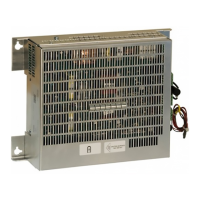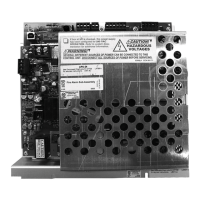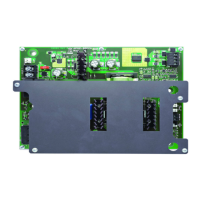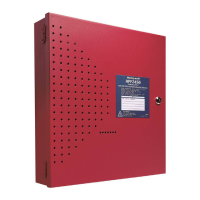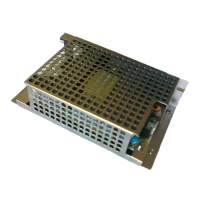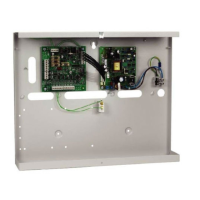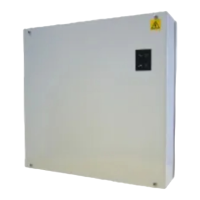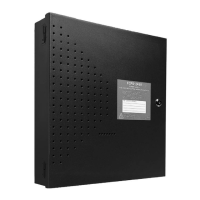
Do you have a question about the Honeywell NOTIFIER FCPS-24S6 and is the answer not in the manual?
| Output Voltage | 24 VDC |
|---|---|
| Power Output | 144 W |
| Operating Temperature | 32°F to 120°F (0°C to 49°C) |
| Humidity Range | 10% to 93% non-condensing |
| Output Current | 6.0 A |
| Battery Charger | Yes |
| Battery Charging Capacity | 7 Ah to 18 Ah |
| Number of Circuits | Four (4) Notification Appliance Circuits (NACs) |
| Maximum Current per Circuit | 6.0 A |
Lists relevant NFPA standards for fire alarm systems.
Lists relevant UL standards for fire alarm system components.
Lists other relevant electrical and code documents.
General description of the FCPS-24S series power supplies and their function.
Lists key features of the FCPS-24S power supply.
Details jumper settings for ground fault and input selection.
Explains the meaning of various LED indicators on the power supply.
Lists primary AC power input and wire size specifications.
Details specifications for control input and NAC/output circuits.
Information on trouble relay ratings and battery charging circuit.
Details specifications for the auxiliary special application power output.
Visual representation of the FCPS-24S block diagram and its functions.
Step-by-step guide for mounting the FCPS-24S backbox.
Standard wiring configuration for Notification Appliance Circuits in Style Y (Class B).
Details the use of the ZNAC-4 module for Class A wiring.
Illustrates the location and orientation of field programming DIP switches.
Explains how to select strobe synchronization types using DIP switches.
Lists maximum strobes per NAC based on manufacturer and model.
Details configuration for Master or Slave Synchronization modes via DIP switch.
Explains AC fail delay and auxiliary trouble relay operation.
Details four input/output configurations based on DIP switch settings.
Explains supervision of the FACP to FCPS wiring.
Details how the FACP detects FCPS power supply faults.
Describes the fail-safe Form-C auxiliary trouble relay and its functions.
Application for controlling four NACs with one input and selective silence.
Instructions and table for calculating the required AC branch circuit current.
Explains the process for calculating system current draw for different conditions.
Specifies NFPA 72 requirements for standby and alarm battery duration.
Guidance on selecting and locating appropriate batteries for the system.

